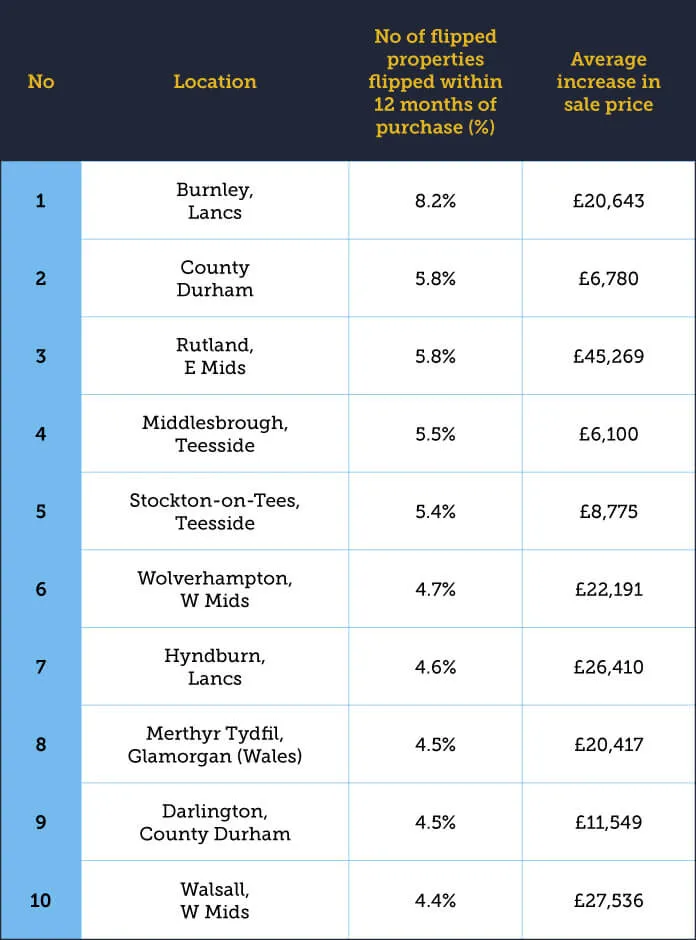
It was the 2008 recession that didn’t so much as put the nail in the coffin for house flipping, but hammered the lid down. As quickly as she’d arrived, house flipper extraordinaire Sarah Beeney exited our screens, leaving us grateful for the fact we still had a roof over our own heads.
But more than a decade later – and notwithstanding a global pandemic – house flipping has fought its way back as a way for property investors to make money. Upmarket estate agent Hamptons International reported that 2020 was set to be a record year for flipping – perhaps reinforced by the not-so-little matter of a brand new TV show with the working title Flipping Fast, which has recently been commissioned by Channel 4. The format follows six contestants – all budding property developers – who are given £100,000 each to buy, refurbish and sell. At the end of a year the individual who’s made the most money is crowned the winner.
Perhaps this new show serves as a good measure of the perceived value in this property investment strategy – a perception certainly reinforced by recent data.
The top spots for flipping
According to Hamptons International, the most successful areas for flipping in terms of numbers of properties flipped are the northeast and the northwest. Their data (gleaned from the Office of National Statistics) revealed that Burnley was the top property-flipping location in Britain; one in 12 houses purchased were sold again within a year. Local developers won’t be too surprised to hear that though – it’s the sixth year running that Burnley has hit the top spot. The next most popular flipping location last year was County Durham, followed by the Midlands.
In terms of profit, however, Rutland in the Midlands tops the chart with an impressive average price increase of £45,269 on flipped properties. Despite being high on the chart in terms of the number of properties flipped, Teesside and County Durham came in with much lower increases in sale price with an average uplift of just £6,100 in Middlesbrough. However, it’s worth considering these uplifts within the context of the overall local market values of the average property so perhaps it’s not as disappointing as it first appears.

One in 40 properties flipped nationally in 2020
Looking at the flipping figures nationally, approximately one in 40 properties purchased were flipped last year. Around 23,000 homes were flipped in 2020 – a 12-year record, and a figure well above the 20,857 across 2019. And there is another big difference between 2020 and 2019, too: profit. Developers made an average of £40,995 profit last year, compared with £29,685 the previous year.
The more dilapidated the property, the less competition
In Burnley, 51 properties were flipped with an average £20,643 between the original cost of the property and its new sale price. The vast majority of property purchased in the town was terraced housing selling for around £40,000, and most of these properties were run down.
In fact, the more run-down and dilapidated the property, the higher the potential profit, according to long-in-the-tooth property flippers. That’s because there is less competition for the property in the first place, and there is the potential to add so much more value.
Another tip is for amateur property developers to aim for a minimum profit of at least £20,000 – any less than that and it’s hardly worth getting involved in the first place.
The future of flipping
The big question, of course, is whether this upward trend will continue across 2021 when so many experts are predicting a dip in the property market as a whole. Will this speculation have an impact on the confidence of investors and could it lead to a decrease in profits on flipped properties? All this remains to be seen.

